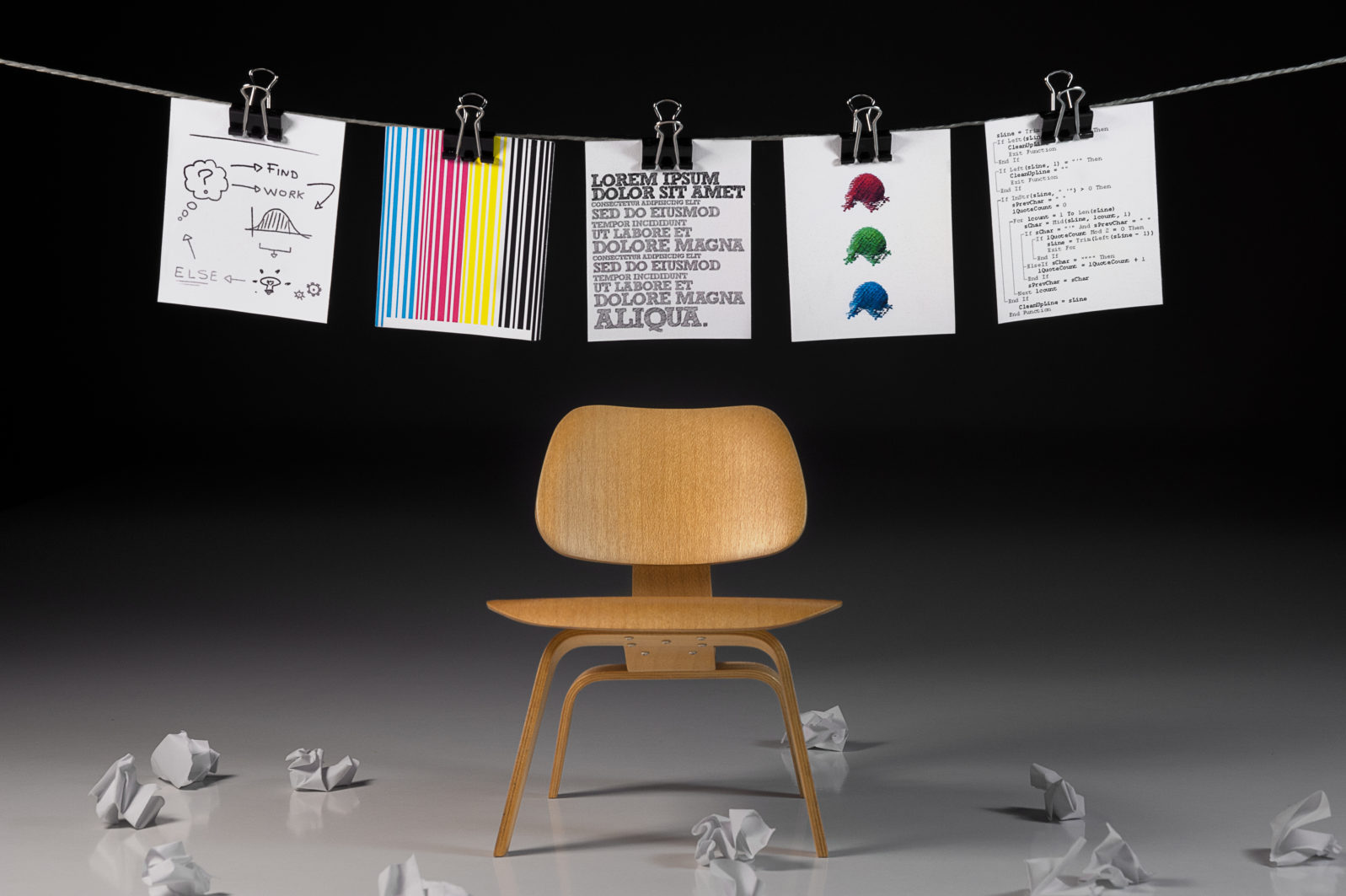It’s AI Art — But Is That Really Art?
Much depends on the claque that agrees that it IS artThere are reports that AI has created wonderful music and great paintings. But who judges whether a creation is or isn’t art?
19th century writer Margaret Wolfe Hungerford claimed that “Beauty is in the eye of the beholder.”1 So any analysis of AI art or music will be subjective. One person’s modern art masterpiece can be viewed by others as like a child’s finger painting. The same is true for music. The delightful chaos of Charles Ives music is interpreted by some as noise.
The value of all art can cannot be quantized but, indeed, “is in the eye of the beholder.”
The degree to which art is held in high regard can be emotionally manipulated. A great example is the practice of claqueing practiced in 18th century theater and opera houses.2 Professional paid claqueurs would be sprinkled throughout the audience and enthusiastically applaud the performance. At the end of a performance, one claqueur would spring up, clap loudly and enthusiastically yell “Bravo!”. Another enthusiastic “Bravo!” was quickly echoed by a second standing claqueur and then another. Soon non-claqueurs would stand and join in the chorus of accolades. Claqueing affected the perception of the quality of the performance and those penning reviews were invariably more positive in their assessment.
The claque was so successful agents soon coordinated the practice.3 Tell the agent how many claqueurs were needed. After an appropriate fee was paid the claqueing was scheduled for a performance. The practice was so successful, specialists emerged.
In France Bisseurs were in charge of clapping and yelling “Bis Bis!” (Encore. Encore!). The chef de claque (leader of applause) organized the claquers and the commissaires (commissioners) engaged in enthusiastic conversation with those sitting nearby. For sad sections of a performance, pleureurs (criers) would bury their faces in handkerchiefs and sob loudly. On the happy side, Rieurs (laughers) erupted in belly laughs at jokes.
Claquers have been replaced today by agents, promoters, and publicists. Ad agencies specialize in making artful products appealing. Claquers claque their client’s creations to influencers and the public. Will a song ever be popular without modern claqueing? How about the success of a self-published book? Isn’t there a chance a work today will go viral without promotion and publicity? Sure.4 But the odds are comparable to being hit by space debris while jogging.
Appreciation of art is emotional and steered by claque peer pressure. Cognitive psychologist Nicole Thomas writes, “Artwork is inherently emotional and the emotional reactions elicited by abstract artwork might lead people to focus their attention [at different features].”5
Claquers direct attention towards the glitter, away from the warts and towards an illusion of greatness beyond the reality that is. AI can write music and paint portraits. The result will never be creative because AI can only interpolate inside the box defined by the data used to train. But is it art? All the claquers say yes.
- “Art in the Eye of the Beholder,” Dana Foundation, May 11, 2018.
- Robert B. Cialdini, Influence: The Psychology of Persuasion. HarperCollins, 1987.
- “Claque.” TheatreHistory.com. Encyclopedia Britannica, 11th edition (1911), Vol. 6, p. 423. 2002.
- John Kay and Mervyn King. Radical uncertainty: Decision-making beyond the numbers. WW Norton & Company, 2020.
- “Art in the Eye of the Beholder.”
You may also wish to read:
Science sleuths catch authors using AI tool for plagiarism. Odd phrases like “counterfeit consciousness” instead of “artificial intelligence” began appearing in computer science journals, triggering an investigation. Both the researchers and publisher Elsevier determined that automatic reverse translation, to disguise plagiarism, was the likely source of the odd phrases.
and
New AI can create—and detect—fake news. But how good is it at either task? We tested some copy. Will the predicted tsunami of fake news and advertising make much difference? Possibly, but in ways that might surprise you. (August 7, 2019)
